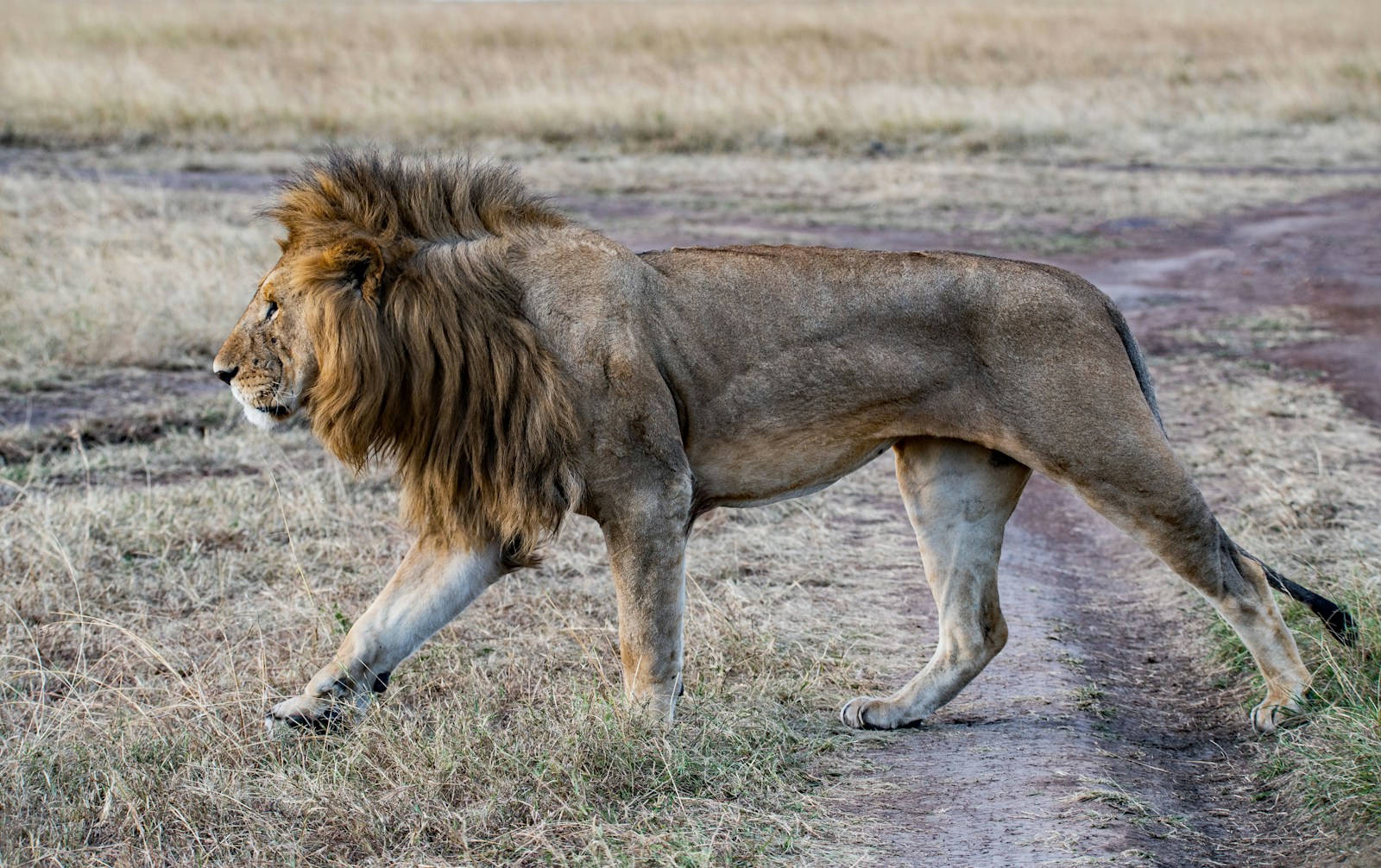The wilderness of our national parks offers more than just breathtaking vistas and tranquil escapes; it presents a living storyboard of wildlife activity written in tracks across soil, sand, mud, and snow. Learning to read these natural narratives adds an entirely new dimension to hiking experiences, transforming ordinary trails into detective adventures. Animal tracking connects hikers to the ancient human skill of reading the landscape and understanding the creatures that inhabit it. Whether you’re a casual weekend explorer or dedicated naturalist, developing your tracking skills will deepen your connection to nature and potentially provide thrilling glimpses into the secret lives of animals that prefer to remain unseen.
Understanding Track Basics
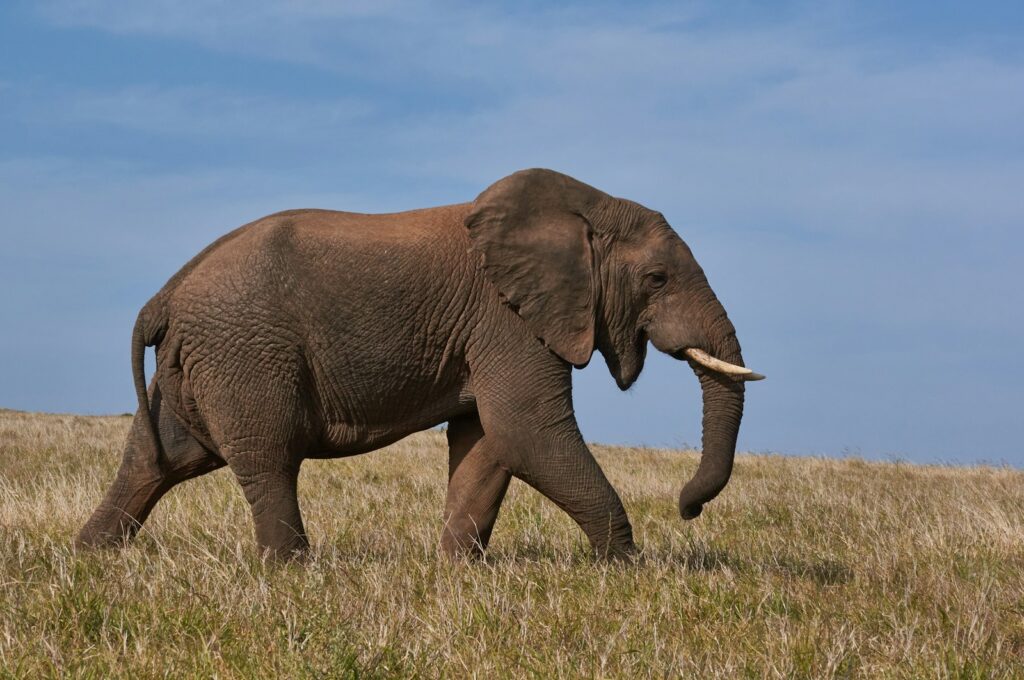
Animal tracks are more than just footprints—they’re windows into behavior, activity patterns, and wildlife presence. Successful track identification begins with understanding the basic components: the shape of individual prints, the pattern of multiple prints (called the track pattern), stride length, and straddle width. The size of a print can indicate whether you’re looking at an adult or juvenile animal, while the depth might suggest the animal’s weight or how recently it passed by. Fresh tracks will have crisp edges and clear details, while older tracks appear weathered, with rounded edges or partial filling from debris. Learning these foundational elements creates the framework for all your future tracking adventures in national parks.
Essential Tracking Gear

While tracking doesn’t require expensive equipment, a few simple tools will greatly enhance your experience. A small ruler or measuring tape helps document the size of tracks, which is often crucial for accurate identification. A field guide specific to your region (many national parks offer track guides in their visitor centers) provides reference images and details about local wildlife. A small notebook and pencil allow you to sketch interesting findings and record observations about location, weather conditions, and substrate type that might affect track appearance. Some trackers also carry a small LED flashlight, as angled light can highlight subtle impressions in soil or sand that might otherwise be invisible in full daylight.
Recognizing Mammal Family Groups
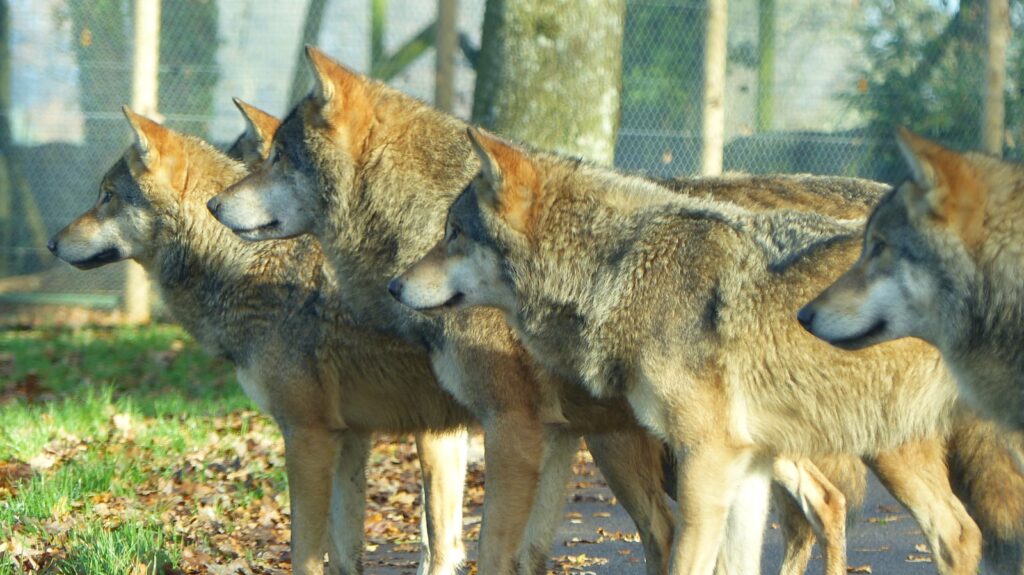
Most mammal tracks fall into recognizable family patterns that simplify identification for beginners. Canids (wolves, coyotes, foxes) typically show four toes with claw marks in a somewhat symmetrical arrangement. Felids (mountain lions, bobcats) also display four toes but usually without visible claw marks, as cats retract their claws when walking. Ungulates (deer, elk, moose) leave distinctive heart-shaped or split-hoof prints that vary in size according to the species. Mustelids (weasels, otters, badgers) often show five toes and claws in a pattern that appears almost star-shaped. Becoming familiar with these family groupings provides a shortcut to narrowing down possibilities before attempting specific species identification.
Identifying Common National Park Species
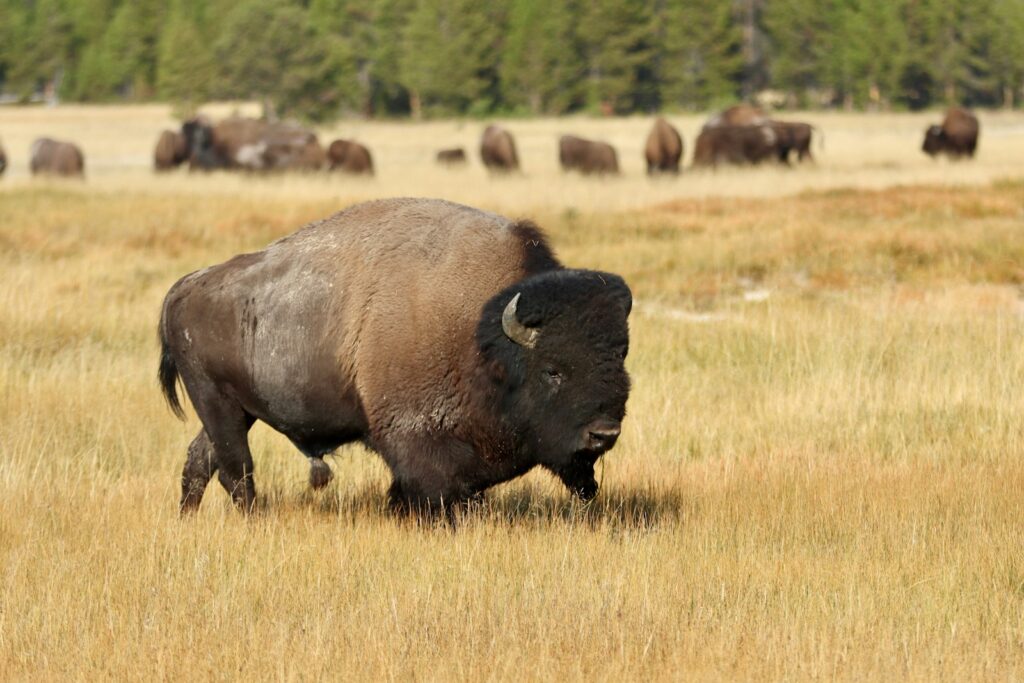
Each national park hosts signature species whose tracks you’re most likely to encounter. In Yellowstone, bison tracks resemble large cow prints but with more rounded edges. Glacier National Park hikers might find grizzly bear tracks, identifiable by their massive size (up to 12 inches long) and five toes arranged in a wide arc with long claw marks extending several inches beyond the toe pads. In Great Smoky Mountains, white-tailed deer leave distinctive heart-shaped hoofprints about 2-3 inches long. Desert parks like Joshua Tree showcase kangaroo rat tracks with distinctive tail drag marks between the tiny footprints. Familiarizing yourself with the tracks of a few common species in your chosen park creates confidence and builds your identification skills gradually.
Reading Track Patterns and Gaits
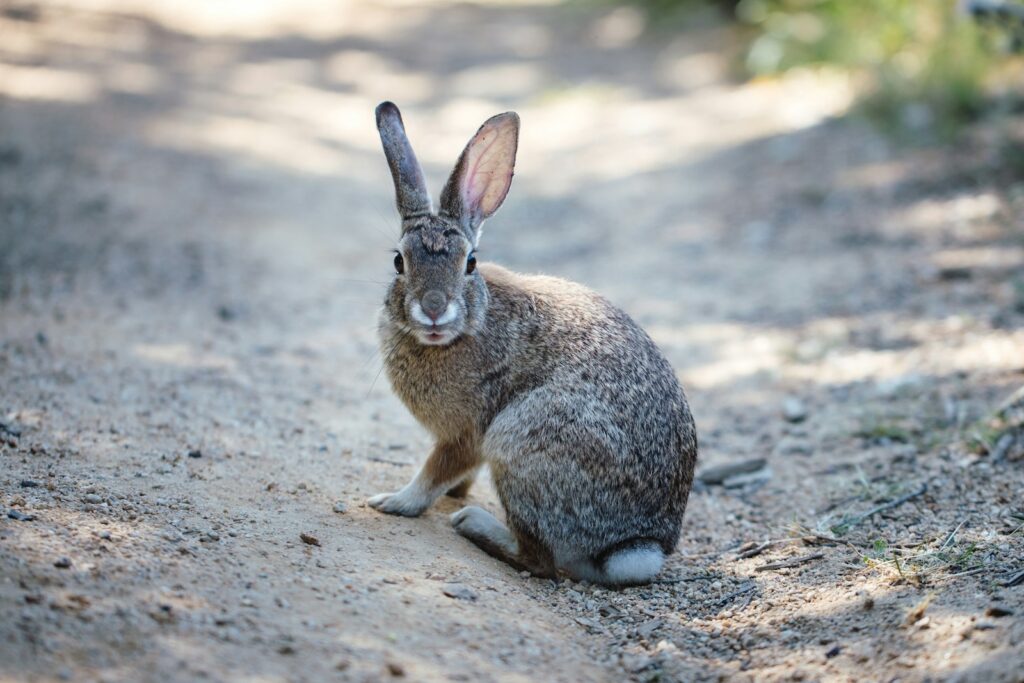
Individual footprints tell only part of the story—the arrangement of multiple tracks reveals how an animal was moving. Walking gaits typically show evenly spaced prints with consistent stride lengths. Trotting patterns often display diagonal paired prints, while bounding gaits (common in rabbits and squirrels) show hind feet landing ahead of front foot positions. Galloping creates a distinctive grouping where all four feet appear clustered together at regular intervals. Some animals like deer shift from walking to bounding when startled, leaving an abrupt change in track patterns that indicates something may have spooked them. Understanding these movement signatures helps trackers not only identify the animal but also interpret what it was doing when it passed by.
Interpreting Animal Behaviors from Tracks

Tracks reveal far more than an animal’s identity—they tell stories about behavior that might otherwise remain hidden. Zigzagging tracks of a predator often indicate hunting behavior, while straight-line tracks suggest purposeful travel between destinations. Changes in stride length can show where an animal accelerated, perhaps fleeing from danger or pursuing prey. Clustered tracks around a specific area might reveal feeding activity, bedding sites, or social interaction between multiple animals. Track patterns showing circular movement could indicate an injured animal or one that was confused. By reading these behavioral signatures, hikers gain insights into wildlife activities that may have occurred hours or even days before their arrival.
Tracking in Different Substrates
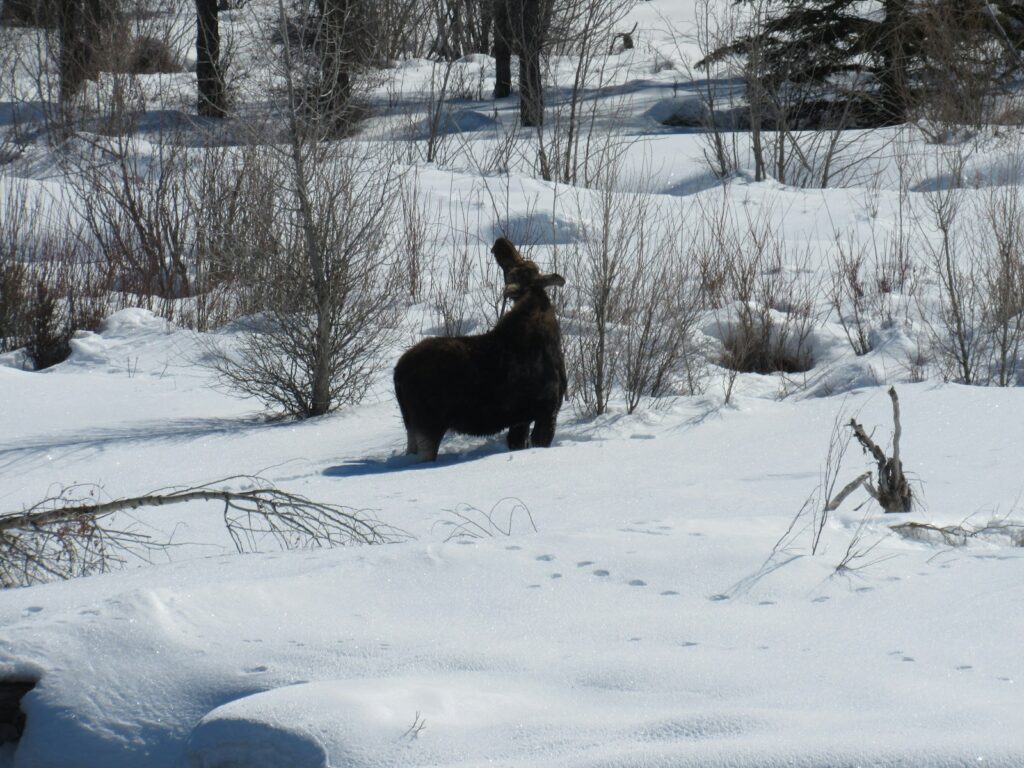
Different ground surfaces record animal passages in unique ways, requiring trackers to adapt their observation techniques. Mud creates some of the clearest impressions, capturing fine details like toe pads, claws, and even fur marks between toes. Sandy soils preserve general shapes well but may lose finer details as particles shift and settle. Snow tracking varies dramatically with temperature and moisture content—powder snow might hold only vague impressions, while wet snow can record exquisite detail including body drags and tail marks. Rocky terrain presents special challenges, often revealing tracks only in small pockets of soil between stones or as disturbances in surface lichens and moss. Successful trackers learn to recognize subtle sign across all these mediums, expanding their detection abilities beyond obvious footprints.
Distinguishing Between Similar Species
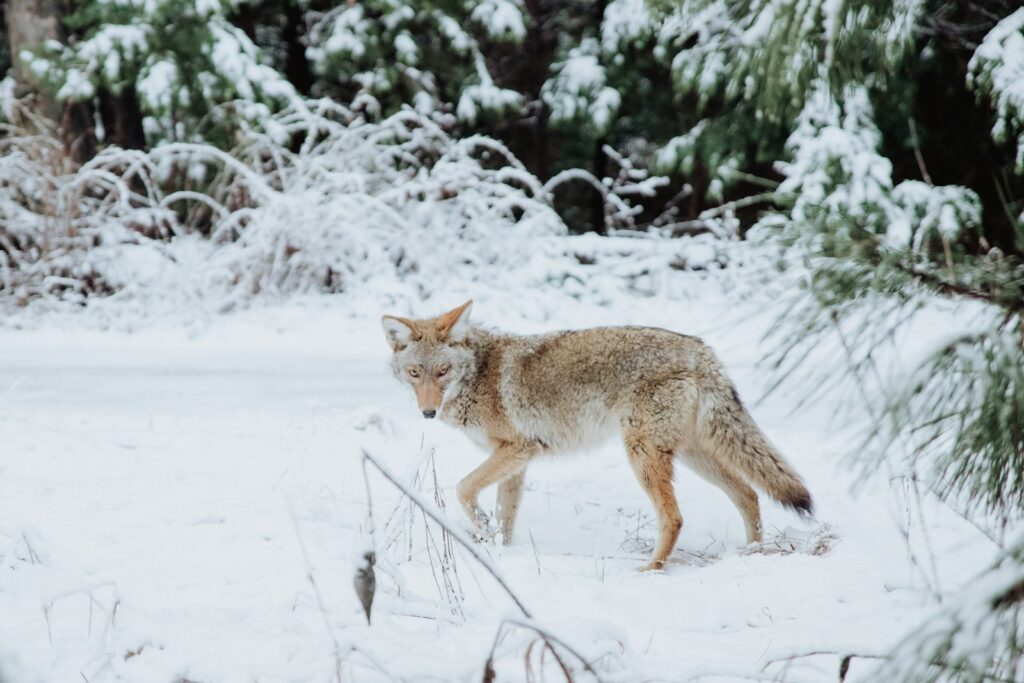
Some of the most challenging tracking situations involve distinguishing between species with similar prints. Coyote and domestic dog tracks often cause confusion for beginners, though coyotes typically leave more oval prints with two prominent front toes that extend farther forward. Raccoon and opossum tracks both show five toes, but raccoon prints resemble tiny human handprints while opossum tracks have a distinctive star-shaped arrangement with the thumb (on front feet) or big toe (on hind feet) widely splayed. Mountain lion and bobcat tracks share many features, but size offers the clearest distinction—adult mountain lion prints typically measure 3-4 inches wide, while bobcat prints rarely exceed 2 inches. Learning these subtle differences transforms tracking from general observation to precise identification.
Beyond Footprints: Other Animal Signs
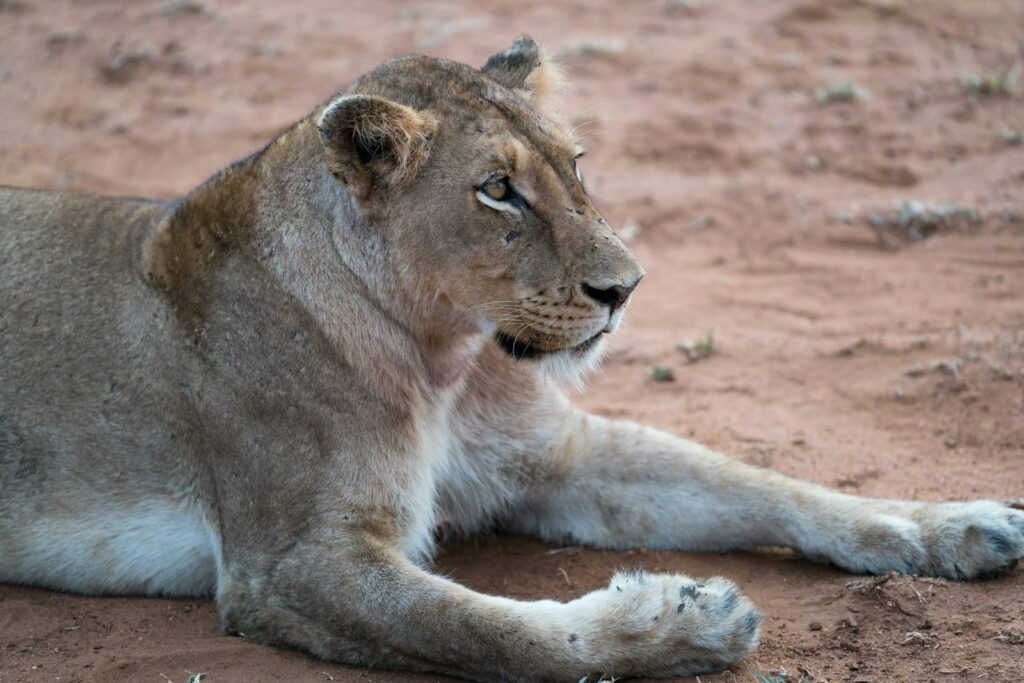
Comprehensive tracking involves recognizing the full range of evidence animals leave behind. Scat (animal droppings) provides valuable identification clues through size, shape, content, and placement—carnivore scat often contains hair and bone fragments, while herbivore pellets show plant matter. Scratched trees may indicate territorial marking by bears or cats, while rubbed bark at deer height suggests antler polishing. Disturbed ground where animals have rooted for food, bedded down, or dust-bathed tells stories about behaviors and habits. Feathers, fur tufts, and shed antlers offer additional confirmation of species presence. By expanding your awareness beyond footprints alone, you’ll develop a more complete understanding of the animal communities inhabiting the national parks you explore.
Seasonal Tracking Considerations
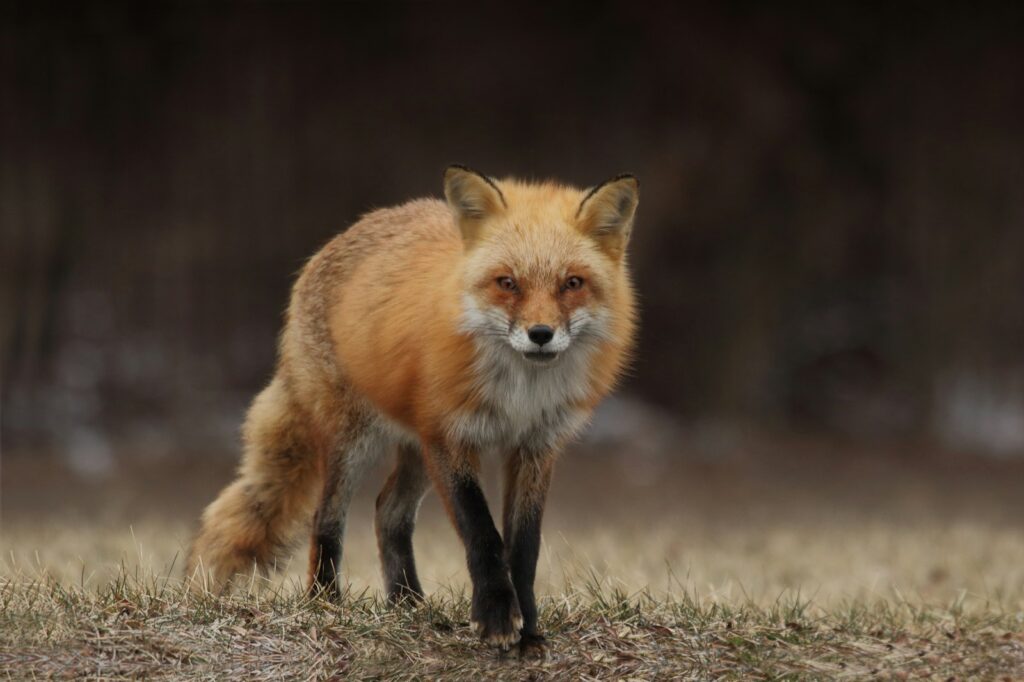
Animal tracking opportunities and challenges shift dramatically with the seasons, requiring adjustments in technique and expectations. Spring brings mud and soft ground that records tracks beautifully, along with increased animal activity as species emerge from winter dormancy or return from migration. Summer’s dry conditions may limit clear prints to areas near water sources, though morning dew can temporarily reveal tracks on grass and leaves. Fall tracking coincides with migration movements and increased foraging activity as animals prepare for winter. Winter snow offers perhaps the most dramatic tracking medium, transforming the landscape into a white canvas that records not just footprints but complete movement patterns, tail drags, and even wing marks from birds. Understanding these seasonal shifts helps trackers plan their outings for optimal conditions.
Ethical Tracking Practices
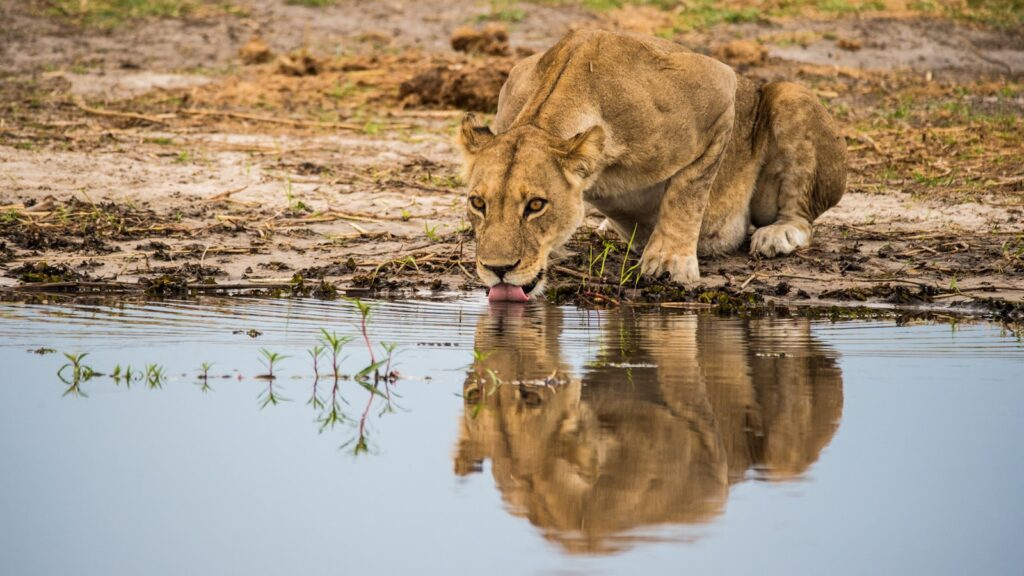
Responsible tracking practices preserve both the natural environment and the experience for future visitors. Always maintain appropriate distance from any tracks you find, photographing rather than disturbing them. Stay on established trails except where regulations permit off-trail exploration, as wandering can damage sensitive habitats and create confusing human tracks that obscure wildlife sign. Never follow fresh predator tracks, particularly those of bears, wolves, or mountain lions, as this could lead to unwanted encounters or cause stress to the animals. If you discover particularly significant tracks or signs of rare species, consider reporting your findings to park rangers who track wildlife populations and movements. These ethical considerations ensure that tracking remains a sustainable activity that contributes to rather than detracts from park conservation efforts.
Developing Your Tracking Journal
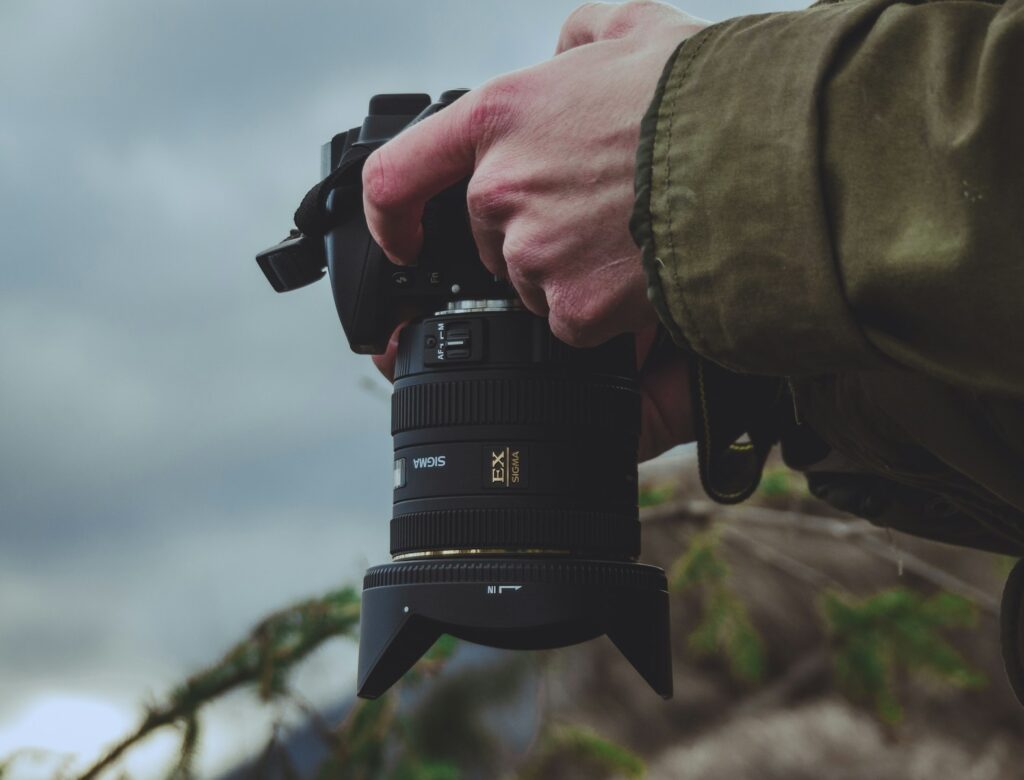
Maintaining a tracking journal accelerates your learning curve while creating a valuable personal reference. For each tracking discovery, record the date, location, weather conditions, and habitat type alongside sketches or photographs of the tracks themselves. Include measurements of individual prints, stride length, and straddle width, plus notes about any behaviors you can interpret from the sign. Over time, this journal becomes both a progress record of your developing skills and a customized field guide to the animals in your favorite parks. Many experienced trackers find that the discipline of detailed recording forces closer observation and ultimately leads to more accurate identifications. Digital options like photography-based tracking apps offer modern alternatives, though many trackers still prefer the connection that comes from hand-sketching their discoveries.
Connecting with Tracking Communities
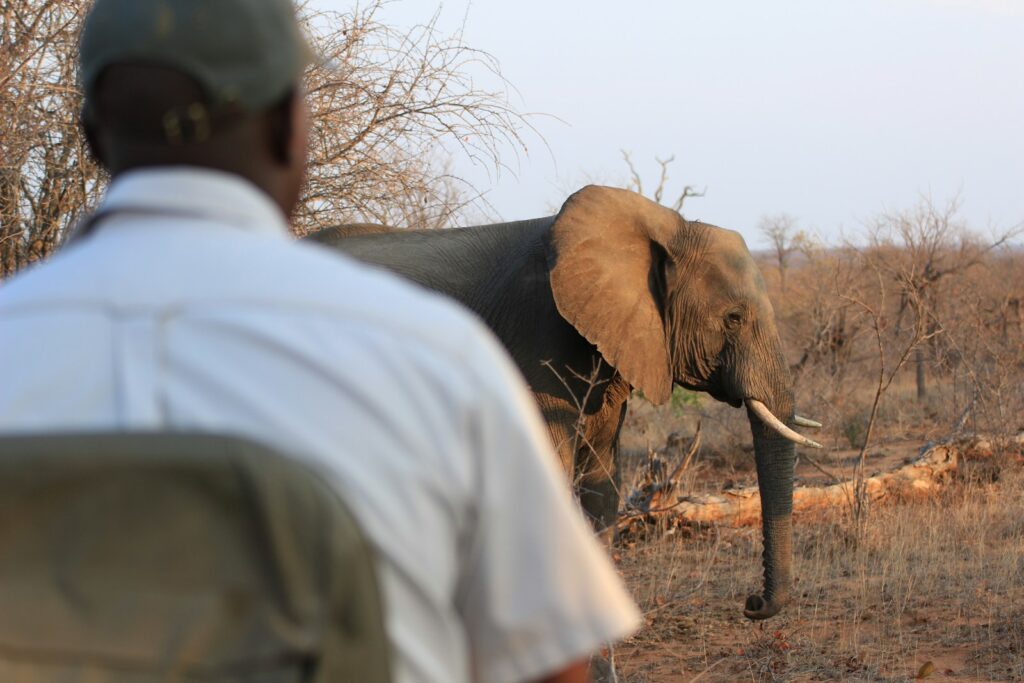
While tracking can be a solitary pursuit, connecting with other tracking enthusiasts dramatically accelerates learning and enriches the experience. Many national parks offer ranger-led tracking programs that provide expert guidance and interpretation. Regional tracking clubs organize outings that bring together beginners and experts in collaborative learning environments. Online tracking forums allow enthusiasts to share photographs for identification help and discuss challenging findings. Several organizations also offer certification programs in wildlife tracking that provide structured learning pathways. These community connections not only build technical skills but also foster a deeper appreciation for the tracking tradition that spans human cultures and history.
Tracking animals in our national parks connects us to both ancient human traditions and the living pulse of wild landscapes. As you develop this skill, you’ll find yourself moving through natural spaces with heightened awareness, noticing subtle details that once would have passed unnoticed. What begins as simple curiosity about footprints often evolves into profound understanding of ecological relationships and animal behaviors. The stories written in tracks across forest floors, desert sands, and snowy meadows invite us to read the landscape more deeply and recognize our place within the complex web of life that national parks protect. Each track you decipher adds another page to your personal experience of these treasured wilderness areas.

